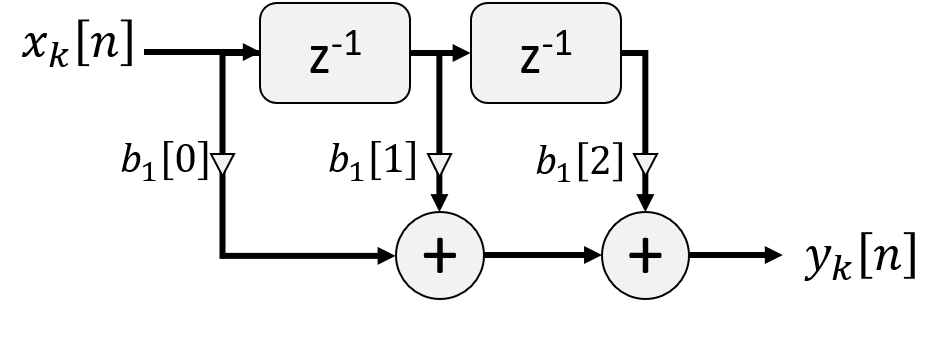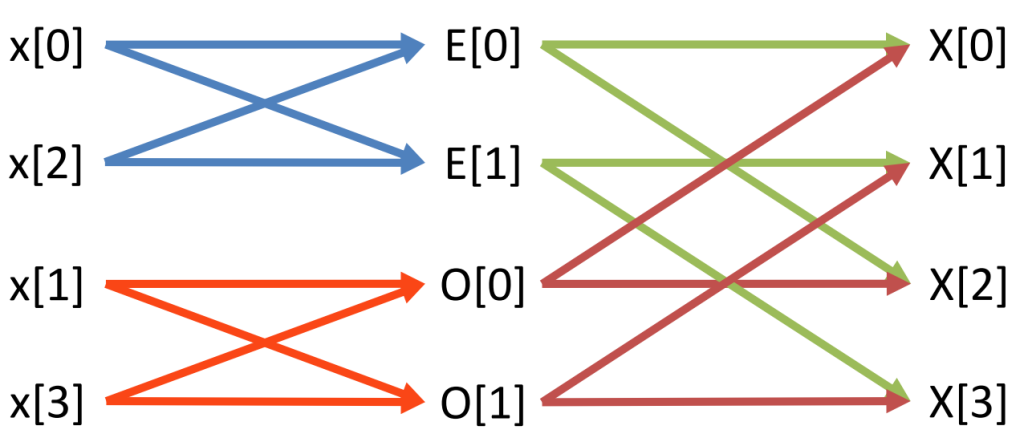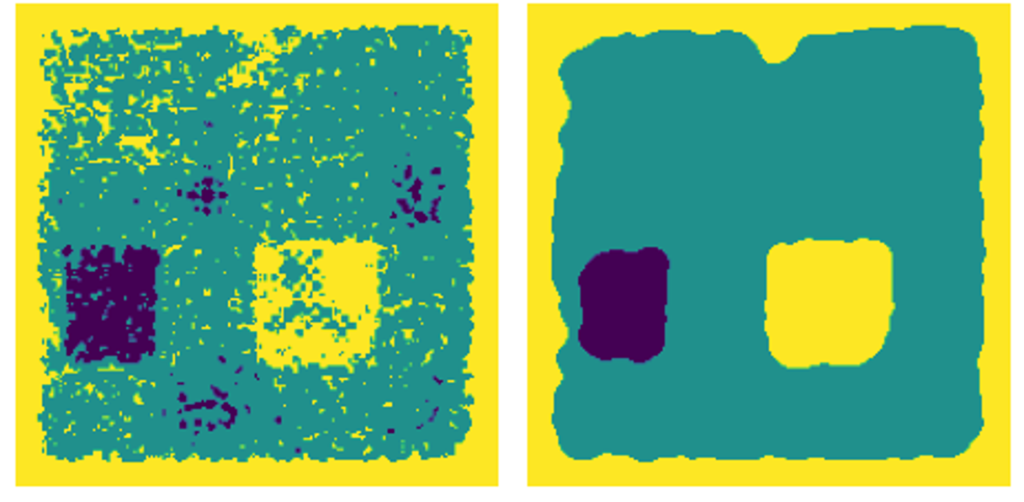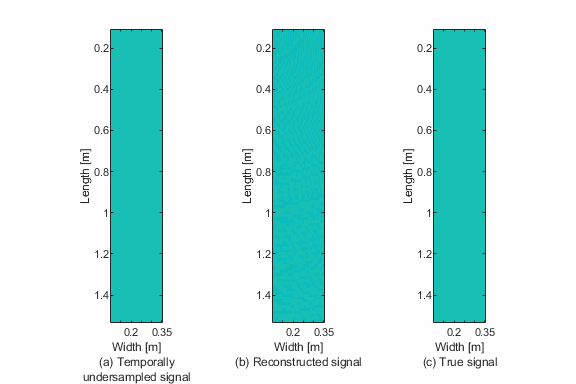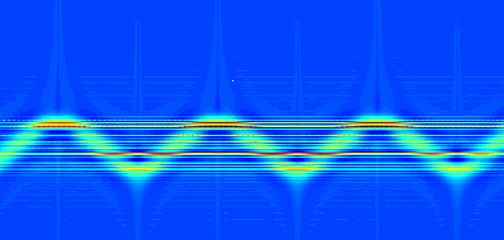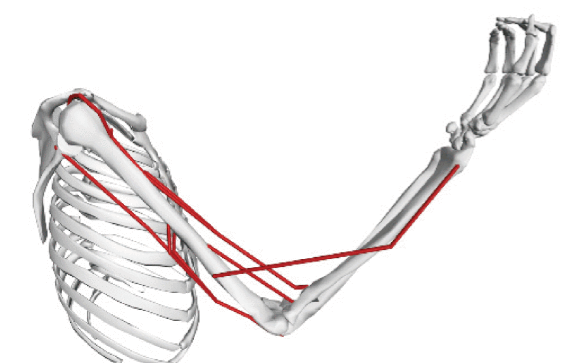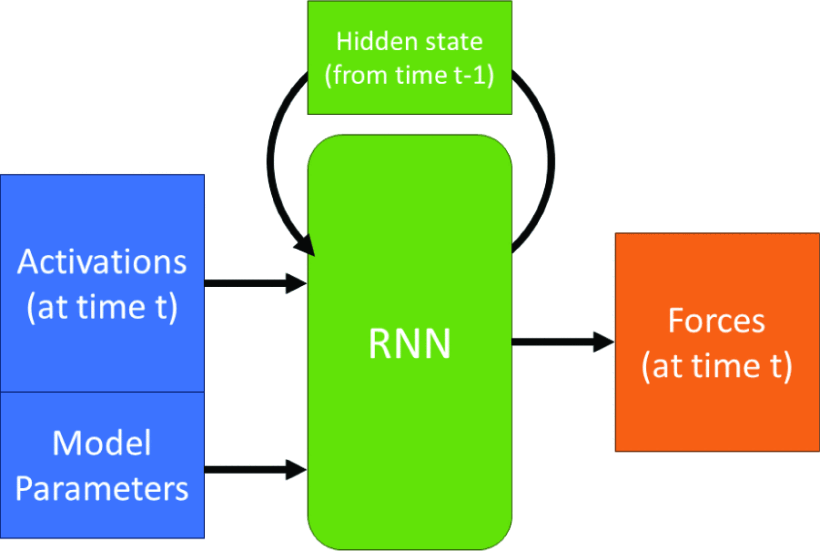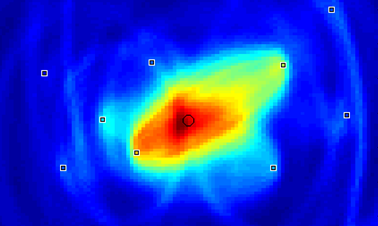
Why Shrinking and Stretching Signals Isn’t Just About Speed: The Real Power of Downsampling and Upsampling
If you’ve ever fiddled with the playback speed on a YouTube video or compressed an audio file to save space, you’ve seen the effects of downsampling and upsampling in action. But here’s the thing: changing a signal’s sampling rate isn’t just about time or file size.
In digital signal processing (DSP), downsampling and upsampling are fundamental building blocks—not just for compression or rate conversion, but for reshaping the way we filter and analyze signals. They’re mathematical lenses that let us zoom into or abstract away different parts of a system.
So yes, shrinking and stretching signals is cool. But if you think that’s all they do, you’re missing the bigger picture.


